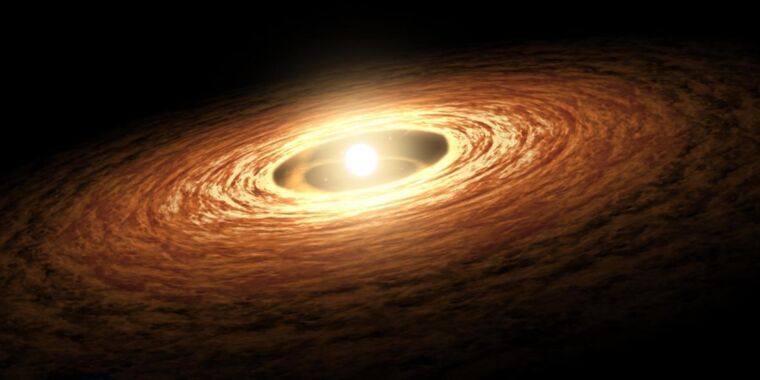- cross-posted to:
- becomeme
- cross-posted to:
- becomeme
Stars are thought to form within enormous filaments of molecular gas. Regions where one or more of these filaments meet, known as hubs, are where massive stars form.
These massive stars, located nearby, would have put the early Solar System at risk of a powerful supernova. This risk is more than just hypothetical; a research team at the National Astronomical Observatory of Japan, led by astrophysicist Doris Arzoumanian, looked at isotopes found in ancient meteorites, finding possible evidence of a massive star’s turbulent death.
So why did the Solar System survive? The gas within the filament seems to be able to protect it from the supernova and its onslaught of radioactive isotopes. “The host filament can shield the young Solar System from stellar feedback, both during the formation and evolution of stars (stellar outflow, wind, and radiation) and at the end of their lives (supernovae),” Arzoumanian and her team said in a study recently published in The Astrophysical Journal Letters.


